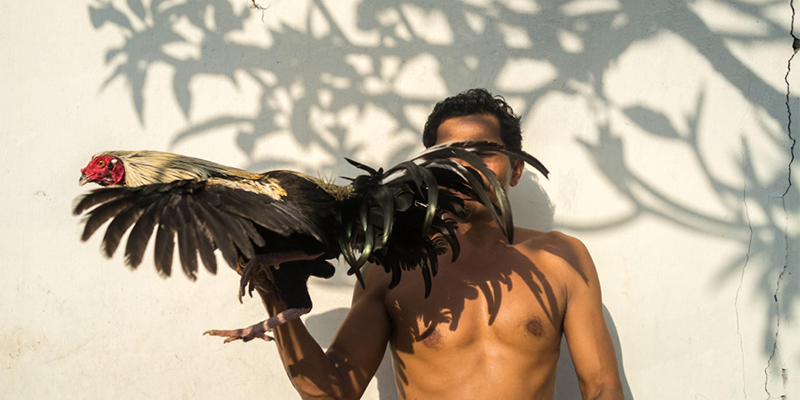Looking for some Learning Moments inspiration? In this post by National Geographic Contributing Photographer, Rubén Salgado, he sheds some light on one of the keys to taking a great photo. Once you’ve read the post, be sure to share some of your photos with us by participating in the Learning Moments Showcase.
Painting with Light
The word photography comes from two Greek words, phos meaning light and graph meaning to draw. The word photograph literally means to draw with light, or a drawing made with light. I find that beautiful… it’s really such a magical concept if you think about it. And really all photographers seek that magic, it’s the one commonality we have is that we are all obsessed with light. We kind of have to be, it’s the ink that we paint with at the end of the day. Understanding how light works and mastering it is one of the keys to becoming a good photographer.

Before I go out and take a photo I always ask myself- Is it sunny or cloudy? How strong is the light at the moment? The weather and time of day are key factors in creating an image.
Think of the sun as one huge spotlight coming down onto the earth. On sunny days, the first and last two hours of the day will have the softest light. That’s because it’s when the sun is lowest to the earth’s surface. This means shadows will be soft, and there will usually be a beautiful yellow glow that covers the frame. Everything looks clear, well lit, and warm. This is what is famously called the golden hour, and we photographers live for it. It also helps to have sunsets such as this one which was taken in the small African country of Lesotho.

In the middle of a sunny day, things look very different. When the sun is right above us the shadows casting down will be harsh. This is usually unflattering as there will likely appear dark shadows under our subject’s eyes. This is what I like to call the raccoon effect, and we should usually try to avoid it. Take the image below as an example, I shot this in Costa Rica in the middle of the day. Despite her strong and beautiful posture, the harsh light contrasts with the dark shadows around her eyes.

Many people think that cloudy days aren’t good for shooting, but I completely disagree. Clouds allow for even light throughout the day and give us more optimal shooting time. We can pay less attention to what time we shoot because, in these conditions, shadows will almost disappear. It allows for more flattering images such as this portrait I took in Myanmar of a Shan woman wearing a traditional headdress. One might think that it was sunny when I took this, however, because it was cloudy her face is evenly lit.

Look at this image here which I took in Benin, the African country where Voodoo religion originated. Using clouds to our advantage, we can get some truly interesting effects that give importance or drama to our scene. Can you see where the light is coming from in this photo? It’s another important factor to keep in mind when making an image. Try to always ask yourself before looking through your camera -Where the sun is situated?

It’s much easier to tell where the light is coming from in the next image. If the sun is directly in front of our subject, we can get dynamic shadows which can add a creative element to the frame. However, be careful as more often than not the sun will hit directly into the subject’s eyes causing them to close them or squint. In this case, I got lucky. Although his eyes were closed, the placement of the rooster’s tail and how he’s holding it means his face isn’t the focal point of this image. And because the sun is behind the camera and directly in front of my subject with the tree, interesting shadows were cast on them, making this image more compelling to look at.

When the sun is in front of the camera and behind our subject, we can create silhouettes like this man taking a stroll at sunset while fishermen cast their net in the Kenyan town of Mombasa. I recommend you try playing with silhouettes, you can convey so much in an image just with shapes.

Beware of this technique as it can be tricky to measure the light properly when the sun is in front of us. You’ll likely wash out much of the detail, like in the next photograph. When we are learning to shoot, it’s probably easiest to have the sun or light come diagonally from the side. Ideally about 45 degrees towards our subject.

To get softer light, I recommend placing your subject indoors and near a natural light source. In the next picture taken in Bali, Indonesia the man is proudly showing me his favorite rooster. The light was coming in from the left side of his face through a small window. It almost creates an effect resembling that of an oil painting.

Every photographer is different. We are drawn to different techniques and different ways of using our environment to tell stories. In my case, lighting is without a doubt one of the most important. When one truly understands it, it becomes a tool to make something both aesthetically beautiful and convey emotion. It can be used to make the viewer feel something, and to me, that is the goal of visual storytelling through photography.



One comment